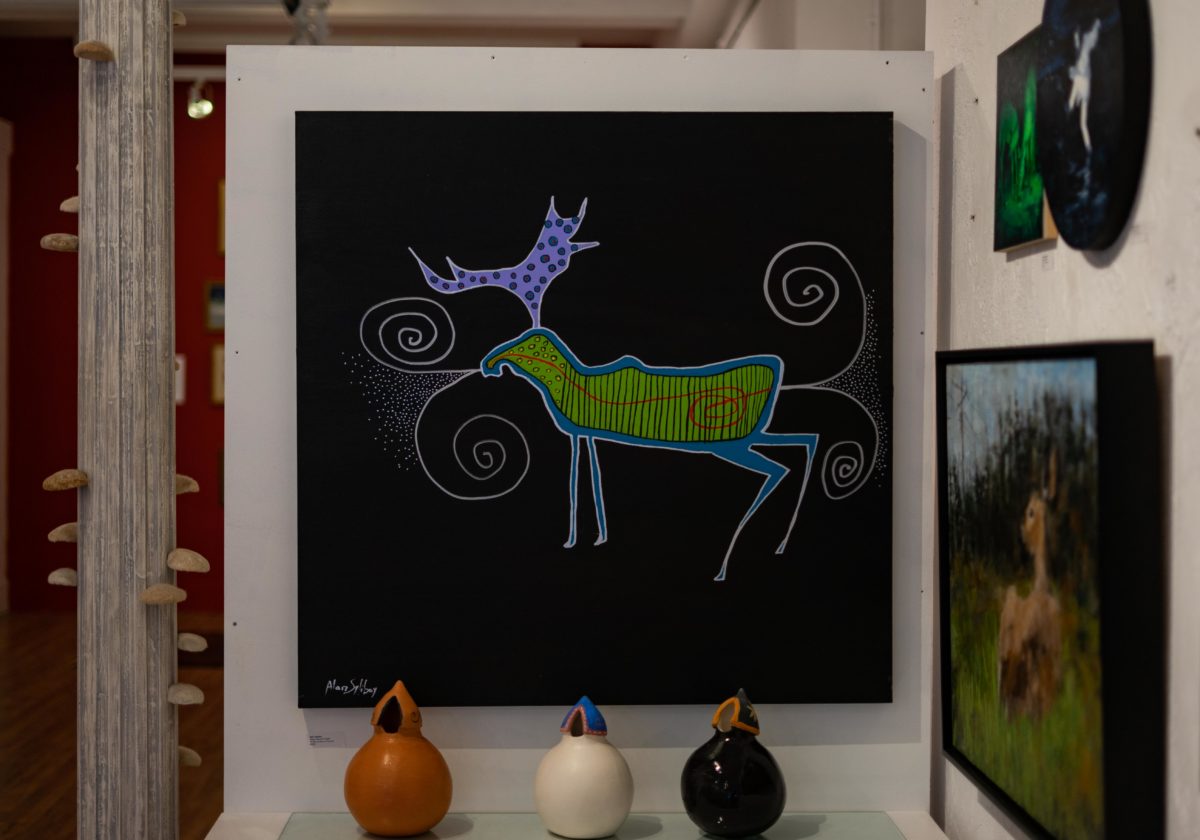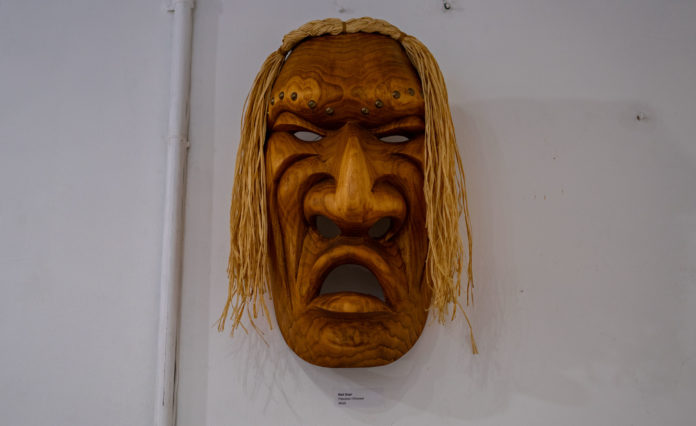L’nu artist and educator Rebecca Labillois started basket weaving back in the early ‘80s as a child, while her mother, Margaret, ran a weaving and craft business from their Ugpi’ganjg home.
Labillois said she can remember when her father, a residential school survivor, asked her mother why they couldn’t speak their language.
“Because [mom] couldn’t answer that question, she went back to university and brought the culture and the language back,” she said.
When it comes to creating, Labillois said it’s a way for her to express her love for her culture. She creates baskets in the spirit of rebuilding broken ties with her ancestral identity. She believes creating and teaching her craft will only inspire young Indigenous artists.
“It’s a way of life … the way of our ancestors,” she said.
Labillois is also proud to see non-Indigenous New Brunswickers wearing her work and the “alliances” it creates.
“Any time a non-Indigenous person requests [a piece], it allows me to be able to keep that open mind that we’re all the same and not one race is better than the other race,” she said.
“Just shows … that Canadians want to give Indigenous people support in a way of healing.”
Labillois said she always tries to “capture” something from her client while doing a custom piece — usually, it’s their personality to make it unique to them. She also creates “Every Child Matters” pins hoping to spread awareness about reconciliation.
“I feel like every piece is very meaningful,” she said.
Like Labillios, Mi’kmaq artist Candace Francis was taught her craft of making beaded items, such as earrings, pins and poppies, by a family member. She recently started selling her artwork.
Last year, she was inspired by another Indigenous beader named Cindy. Under her, Francis was able to creatively grow.
Francis promotes her work online through Facebook and Instagram. She believes that it helps get the word out and also is a platform to offer advice to younger artists.
One of her best customers is the RCMP. Recently, the Mounties bought 20 orange t-shirt pins. Francis’s art has also been displayed at multiple mental health conferences and Powwows.
One popular product that Francis creates is her beaded poppies, which she provides to military members at 5th Canadian Support Base Gagetown in Oromocto, N.B.
“A lot of Indigenous people are wearing my pins and I say anyone who wants to wear one [should] to honour our veterans,” said Francis.
Laurie Bottschen has worked with St. Mary’s Retail Sales for more than 20 years. Three years ago, she took a position with Two Nation One Stop, with the understanding of opening an Indigenous secondhand and craft store.
“We have many community artists in the area and have over 30 artists [working with us,]” said Bottschen.
Her storefront, Sacred Arts, is open to all Indigenous, Métis and Inuk artists. Bottschen offers a variety of services and pays her artists on a weekly basis.

Bottschen said the only issue she has with non-Indigenous people owning First Nations artwork is when she sees fake dreamcatchers and other items not made by Indigenous artists. She recommends always buying products from members of the community.
She and her co-workers moved into a new retail space last December and says she’s seen a large number of new Indigenous and non-Indigenous customers.
“So many customers come in and they share their stories with us and acknowledge what is happening and what has happened, and that matters,” she said.

